St. Valentine’s Day–Celebrating Traditions
It’s St. Valentine’s Day and while certainly this day has become synonymous with love, early traditions also hail it as being associated with spring. In Slovenia, there is a proverb that says “Saint Valentine brings the keys of roots” and it is believed that plants and flowers start to grow on this day. During the Middle ages in England and France it was believed that this was the day that birds chose their mates.
There are actually a number of St. Valentine martyrs who are honored on this day. According to the Catholic Encyclopedia: “Emperor Claudius II executed two men — both named Valentine — on Feb. 14 of different years in the 3rd century A.D.” and it being these who are primarily remembered on this day along with a third St. Valentine from a Roman province in Africa. What is known is that the legends particularly of the St. Valentine’s executed by Claudius II have become somewhat mixed. It is held that the priest named Valentine was arrested for marrying and helping Christians, which would have been against Roman rule, and martyred for attempting to convert others. The Bishop Valentine is credited with the miracle of restoring sight to a blind girl and martyred for refusing to renounce his faith. Essentially the type of love that was originally associated with St. Valentine was sacrificial as opposed to romantic.
Certainly, as with most modern-day holiday celebrations, there were ancient traditions that came before. The Roman festival of fertility, purification, and protection called Lupercalia was celebrated from February 13 through 15. For nearly 800 years a lottery was held during the festival wherein a young man drew the name of a young woman to be linked with for the upcoming year. Sometime in the late 5th century AD Pope Gelasius I being less than happy with this practice put forth a declaration changing the lottery to include both men and women drawing a saint’s name with which to emulate throughout the following year. He is the one responsible for casting the day as St. Valentine’s Day. However, the day still remained a day for men to seek out the affections of women by often sending hand-written messages. This of course eventually evolved into the tradition of picking out a sweetheart for the day.
In 1381 Chaucer officially linked love to St. Valentine’s Day in a poem he wrote in honor of the engagement of England’s Richard II and Anne of Bohemia. “As was the poetic tradition, Chaucer associated the occasion with a feast day. In ‘The Parliament of Fowls’, the royal engagement, the mating season of birds, and St. Valentine’s Day are linked:
For this was on St. Valentine’s Day,
When every fowl cometh there to choose his mate.” (1)
Legend holds that the first real St. Valentine’s card was sent by Charles, duke of Orleans, to his wife during his imprisonment in the Tower of London in 1415. Another long-standing belief is that King Henry VIII established February 14 as St. Valentine’s Day in a royal decree in 1537. It would be another century and a half “before religious devotional cards became non-religious cards to reflect the change in the holiday.” (2)
The traditional love poem “Roses are Red, Violets are Blue” makes its first appearance in 1784 in a collection of English Nursery Rhymes by Garland. (3) It became commonplace in the 18th century to exchange hand-made cards, chocolates, and small gifts on Valentine’s Day. While these traditions found themselves brought to America with the colonists, it wasn’t until 1847 that the first American mass-produced Valentine of embossed paper and lace was created and sold by Esther Howland of Winchester, MA, commonly referred to as “The Mother of the Valentine”.
And the rest is, as they say, history.
The rose is red, the violet’s blue,
The honey’s sweet, and so are you.
Thou are my love and I am thine;
I drew thee to my Valentine.
circa 1784 found in “Gammer’s Gurton Garland”
Until we meet again, may God hold you in the palm of His hand. ~ An Old Irish Blessing
(1) http://www.infoplease.com/spot/valentinesdayhistory.html
(2) http://www.coolquiz.com/trivia/explain/docs/valentine.asp
(3) http://www.tennessean.com/article/20140214/OPINION03/302140007/We-can-honor-St-Valentine-by-opening-hearts
(4) Howland picture from http://pastispresent.org/2011/good-sources/%E2%80%9Cmother-of-the-valentine%E2%80%9D-esther-howland-worcester-and-the-american-valentine-industry/
Cultivating the Field of Gratitude Brings Blessings
Gratitude has a way of changing your perspective and leaves you open to the blessings that are within each day. It is through thanksgiving that we open the doors to more blessings in our lives. When we are grateful our perspective changes in that what we have becomes enough. Instead of yearning for more we can appreciate what we have. It’s the old “the grass is greener on the other side” syndrome that creates unhappiness in our lives and essentially blocks blessings from flowing. Certainly if we watered the grass of our own field–it too would be greener!
Take time to be grateful today for all the blessings in your life as well as all the lessons in your life. Water the grass of your fields and you will find that you have more than enough. Do you have a barren field in your life? What do you need to do in order for that field to start producing a yield? Is the soil ready for planting or do you have to ready the soil? Did you plant seeds and they didn’t grow? What we tend to will grow–be it happiness or bitterness–it will grow. Did you tend it properly or was it just a failed harvest? Sometimes harvests do fail despite all that we do. It is then that we must reflect upon the lessons learned in order to replant the field.
Today cultivate the fields of your life with gratitude and watch how your fields change in reflection. Watch how blessings grow in fields nurtured with thankfulness. It’s a basic law. You reap what you sow and the harvest is always more than the planting.
“Gratitude unlocks the fullness of life.
It turns what we have into enough.
It turns denial into acceptance, chaos to order, confusion to clarity.
It can turn a meal into a feast, a house into a home, a stranger into a friend.
Gratitude makes sense of our past, brings peace for today,
and creates a vision for tomorrow.”
~ Melody Beattie
Until we meet again, may God hold you in the palm of His hand. ~ An Old Irish blessing.
Thanksgiving Traditions–A Harvest Celebration of Gratitude
Thanksgiving, as we have come to know it, is a day set aside during November in which to express gratitude for the blessings received in relation to the harvest. It comes at the end of November when the harvest season has finished and the many tasks of preserving the harvest have been completed. As with all traditions, it is also a time of remembrance and a way of connecting the present to the past as well as to the days to come.
Harvest season was traditionally a time of preparation for the long winter ahead when food was scarce and surviving the winter was indeed a challenge. So many of us today are disconnected from the struggles that the winter season brought to just survive. It is through the traditions of taking time out to be thankful for all we have received and been given that we remain connected to those that went before us.
As you celebrate Thanksgiving this year be mindful of the traditions of the day–both old and new. It is these very things that keep us connected to all generations. Sometimes it is the simplest of things that create our special memories. Be conscious of these traditions–both large and small–this year. Take time to treasure your family through the traditions of the day.
Thanksgiving is also a great time to take stock and reflect upon the fields we have sown into during the past year and assess the yield they have brought in harvest. What have the harvests of your fields produced? Did you sow into a field and then cultivate it so that the harvest was abundant? Did you sow into a field and then have the seeds eaten by the birds (oh and they will come) or did your field become choked with weeds? Were you a good steward of all that has been given to you? These are the things to reflect upon in our gratitude in order to have a chance to secure a better harvest in the future.
So I invite you this Thanksgiving to celebrate the harvest of all the fields of your life. Count your blessings not only in abundance but in lessons learned. Take time to reflect upon your fields. Ready the soil of the coming year through the reflection of your blessings and even your lessons. There is always something to be grateful for and it is through thanksgiving that we cultivate our fields for future blessings.
Wishing you and your family a most blessed and Happy Thanksgiving! 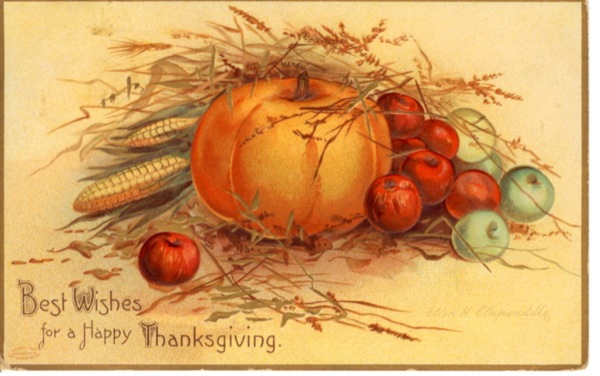
Until we meet again, may God hold you in the palm of His hand.
~An Old Irish Blessing
Gratitude is a Daily Thing
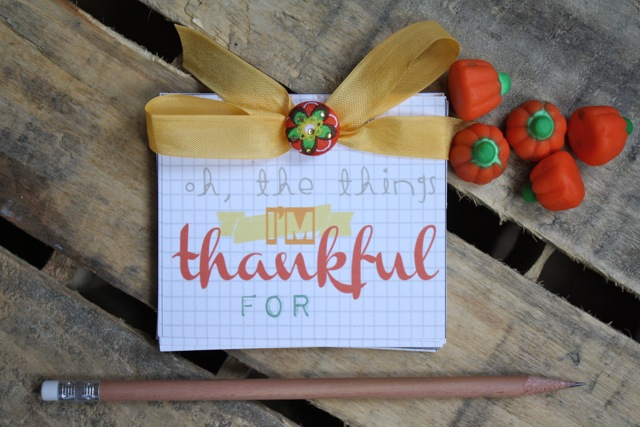
Mini Gratitude Book Free Printable from website
Gratitude has a way of changing your perspective and leaves you open to receiving the blessings that are within each day.
“Gratitude can transform common days into thanksgiving, turn routine jobs into joy, and change ordinary opportunities into blessings.”
~ William Arthur Ward
Cultivate the Fields of Life
A field is a place where one plants seeds in order to reap a harvest. Each part of our life is as a field. How we cultivate the field will impact the yield of our harvest. It’s a basic law–what we sow therefore we will reap. At All Things Harvest we will explore various ways to help you cultivate the fields of your life in order to yield the best harvest possible.
- Field of Family
- Field of Home
- Field of Holidays
- Field of Gratitude
- Field of Health
- Field of Finances
- and more to come!
Fall Harvest Traditions: Jack-O’-Lantern and Sugar Pumpkins–Carve or Cook?
Did you know that most of the pumpkins we see these days are cultivated for carving and not for eating?

Connecticut Field Pumpkin image from website
Most of us are familiar with the large pumpkins primarily used for carving that are commonly found in the stores around this time of year. These pumpkins are either Connecticut Field Pumpkins or Howdens and both weigh in between 10 and 20 pounds. The Connecticut Field Pumpkin is actually an heirloom pumpkin of the Native American Indians and colonists and is the perfect image of a pumpkin as we know them. Their taste is more plain and bland, not sweet, and their texture is stringy and somewhat watery for pie. They have thin walls, a large seed pocket, and relatively small proportion of flesh compared to the size.
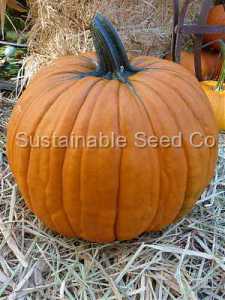
Howden Pumpkin image from website
Howdens were developed in the 1970s by of John Howden of Massachusetts for the primary purpose of carving. They are actually very similar to the Connecticut Field pumpkin but have more uniform ridges, a thicker wall and sturdy stem. These are the pumpkins primarily found at supermarkets and roadside farm stands. They were developed primarily for look and suitability for carving. Since the 1970s these are the pumpkins that we have come to more commonly know. Oftentimes these pumpkins are cooked and the resulting dish is disappointing as these pumpkins were developed for looks and carving as opposed to taste.
One of the better pumpkins for cooking is the sugar pumpkin oftentimes referred to as the pie pumpkin. This pumpkin is a cousin of the Connecticut Field pumpkin but smaller as can been seen in the picture above. These pumpkins have a thicker wall and are sweeter and drier than the carving pumpkins and are less grainy. One pumpkin will typically yield the amount of puree as a 15-16 oz. of canned puree.
Have you ever tried cooking a carving pumpkin and been disappointed?
Celebrating Traditions
All Things Harvest is about celebrating traditions!
Thanksgiving Traditions
Fall Traditions
Winter Traditions
Spring Traditions
Summer Traditions
Stay tuned for more information on how to celebrate traditions during the seasons
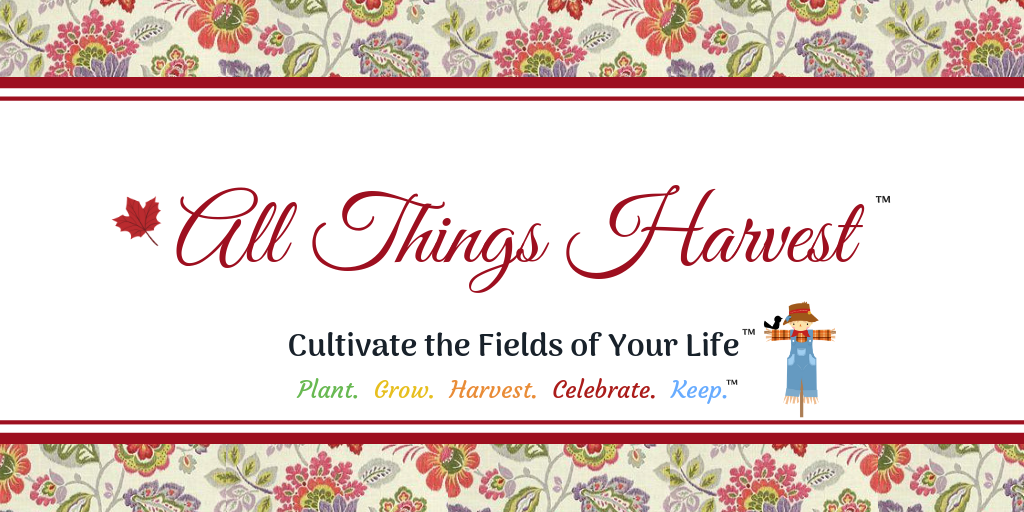


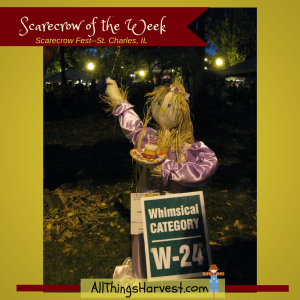

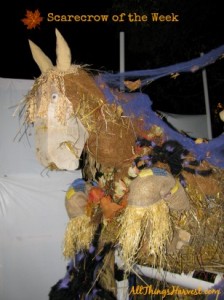
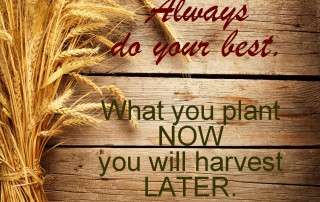

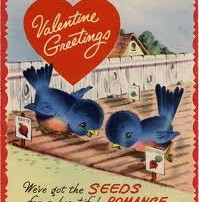
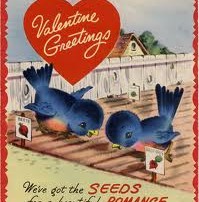


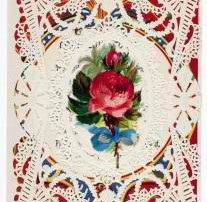


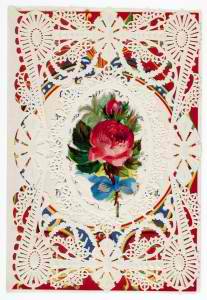

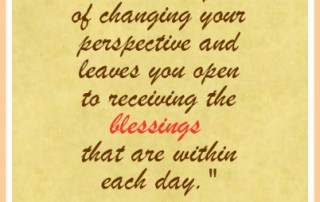
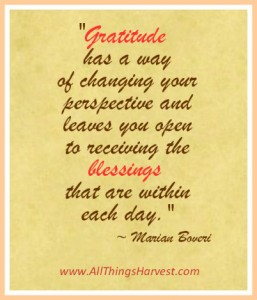
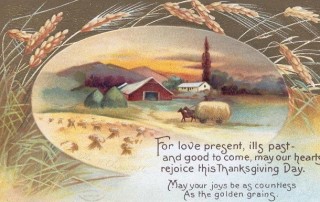
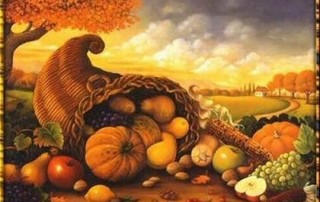

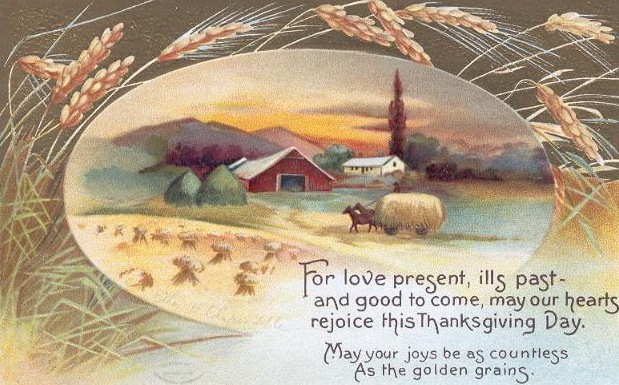

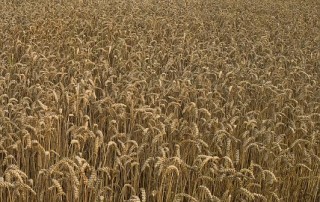
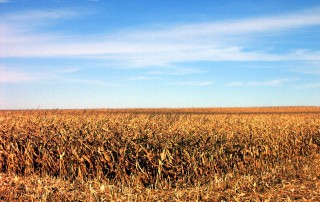



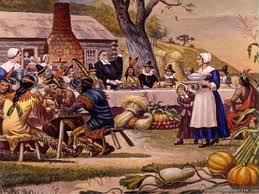
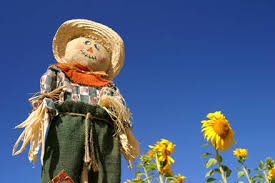





Let’s Connect
Facebook
Twitter
Google +1
LinkedIn